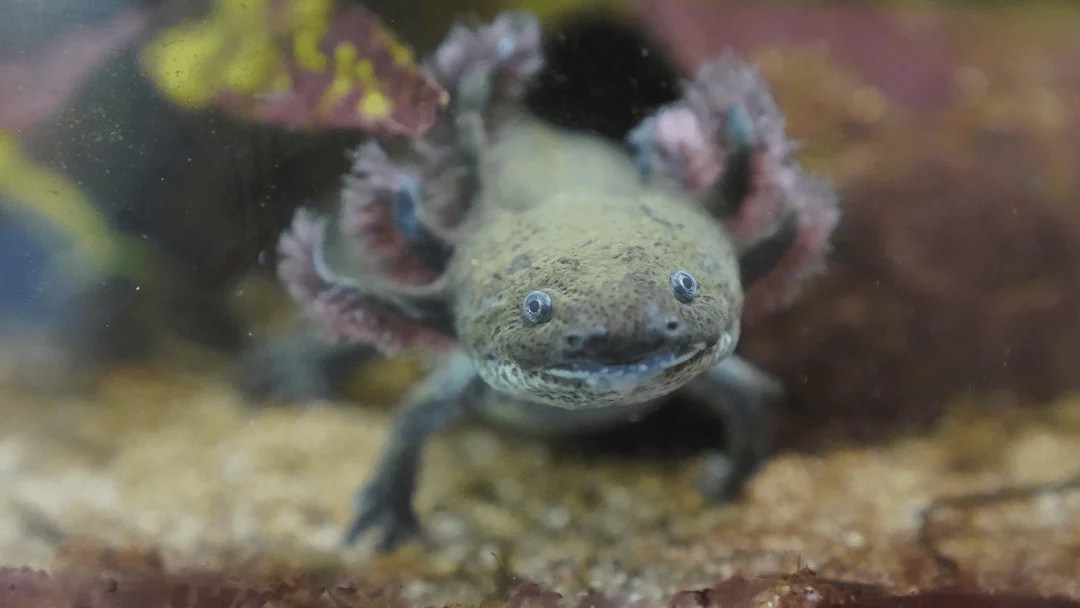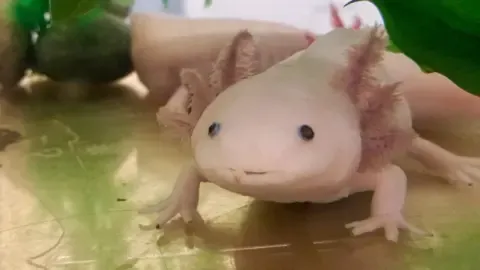
Reviving The Axolotl: Hope For An Endangered Species In Mexico
The axolotl, known for its unique appearance and amiable disposition, has captured the hearts of many. However, this extraordinary amphibian faces the dire threat of extinction in the wild. Fortunately, recent conservation efforts provide a glimmer of hope for this endangered species.
Historically, axolotls were abundant in their native habitat of Lake Xochimilco, Mexico City. They hold significant cultural importance, as they are linked to the Aztec god Xolotl. Sadly, urbanization and pollution have reduced their population to critically low figures, with estimates suggesting fewer than 1,000 individuals remain in the wild. These circumstances prompted researchers to explore innovative conservation methods to ensure the axolotl's survival.

A notable study published in PLOS One detailed the release of 18 captive-bred axolotls into restored and artificial wetland locations, closely monitored by scientists from the Autonomous University of Baja California and the National Autonomous University of Mexico. This groundbreaking initiative aimed to assess their adaptability outside captivity.
"The results are incredibly promising," stated Dr. Alejandra Ramos, the lead researcher. Not only did all the axolotls survive their initial release, but many also thrived in their new environments, demonstrating successful hunting behavior and even gaining weight. These findings are pivotal, indicating that if habitat conditions improve, captive-bred axolotls can indeed be reintroduced into the wild.
Throughout the study, researchers utilized radio transmitters to track the axolotls' movements, gathering crucial data on their behaviors and habitat preferences. For instance, it was observed that these creatures preferred cooler temperatures, which will help researchers design optimal restoration sites for the species.
As Dr. Luis Zambrano eloquently stated, "If we can restore this wetland habitat and rejuvenate the axolotl population in a city of more than 20 million people, I feel that we have hope for humanity." This sentiment underscores the urgent need for collective participation in habitat restoration, combining scientific research with community involvement.

The success of this reintroduction study encourages further efforts in ecological restoration. The researchers are committed to increasing the number of chinampas, the traditional farming plots which can serve as natural habitats for axolotls. Although this task requires time and substantial resources, the knowledge gained from these investigations paves the way for effective conservation strategies.
As we look towards the future, we must wonder: can the axolotl's story inspire a collective effort to save other endangered species facing similar threats? Join the conversation and share your thoughts on the importance of ecological restoration in preserving our planet's biodiversity!